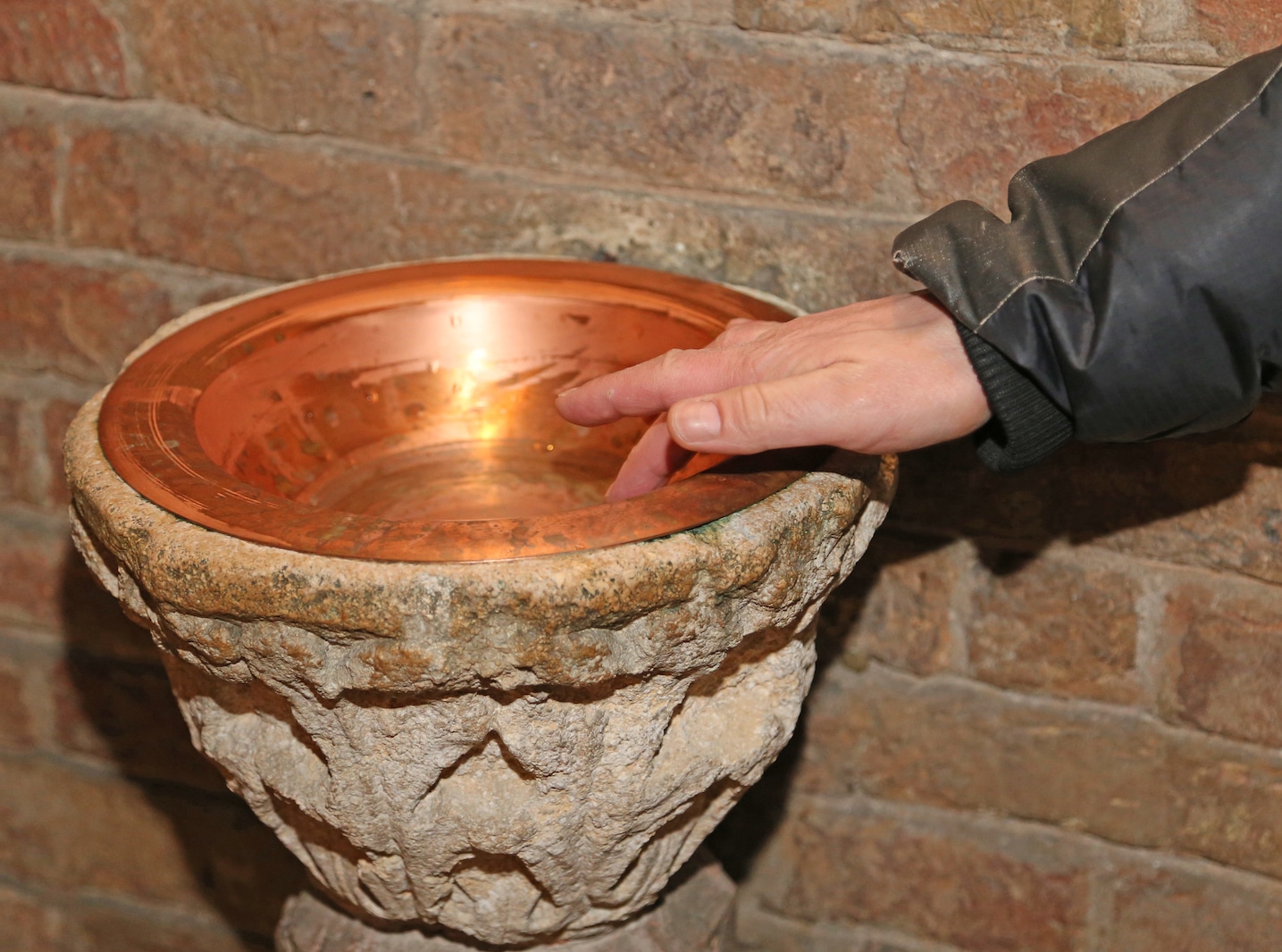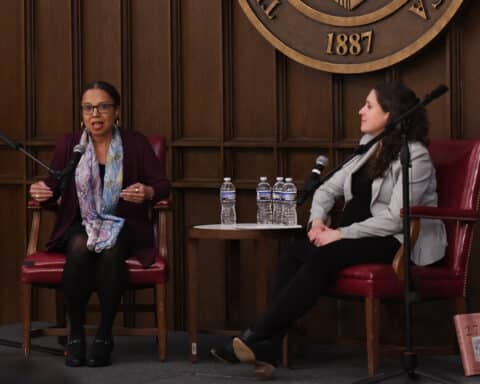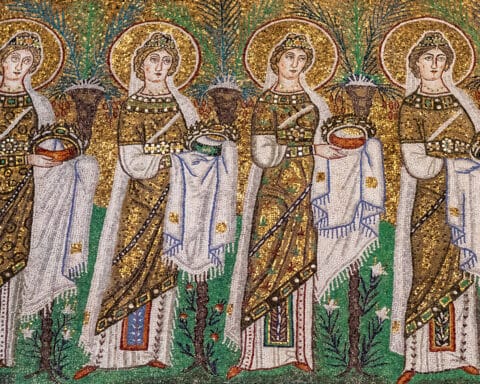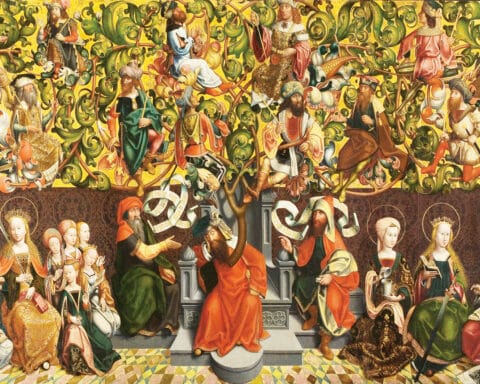Walk into any Roman Catholic church in the world, and just beside the door will be a pedestal on which is placed a bowl containing holy water. By habit, everyone entering or leaving the church dips his or her fingers into the water and then makes the Sign of the Cross. The custom goes way back. This is one explanation of how it started.
Churches, or buildings specifically built for Christian worship, were not plentiful until the third century because before that Christians were few, with little resources, unable to build any structure, but also because persecution was very real and often very harsh. Christians kept a low profile.
So they unobtrusively gathered in each other’s homes where Mass was celebrated in what today is called the dining room, or maybe even on what we know as the kitchen table.
Often walls surrounded houses to protect occupants from roaming animals or intruders. Plumbing was unknown. Water was essential, so many tried to capture rainwater. Just inside the wall, open to the sky, were cisterns that collected the rainfall. In these cisterns, Christians were baptized.
Coming to a given home for Mass, celebrated in secrecy if the persecution was especially bad at the time, Christians went through the gate and touched the water in the cistern to remind themselves of their baptism and that in baptism they entered the family of God’s children. As a redeemed child of God, they soon would consume the Eucharist, the bread of life. Then they marked themselves with the water.
After Mass, leaving the house, they again touched the water in the cistern, again recalling their baptism, reminding themselves that in baptism they accepted the way of Jesus as their own, committed to following the example of Christ in everything, whatever their situation.
Modern Catholics
The Roman empire legalized Christianity under Emperor Constantine in the Fourth Century. Christians grew in numbers. They needed larger spaces for their worship. Churches were built.
Most modern Catholics learned to dip their fingers into the holy water at the entrances of churches almost as soon as they learned to walk. It is a habit, a reflex, but it deserves thought. In repeating this ancient Christian gesture, Catholics should make a powerful, public, personal statement.
If they think about it, they realize that it declares to themselves, to anyone who sees them, and to God, that their baptism set the course of their lives. Baptism marked them just as the water marks them as they bless themselves. It made them truly children of God.
Marked with this sign of identifying with Christ, they willingly enter the church in which Mass will be celebrated, the supreme act of Christian worship, the Holy Sacrifice. At the table, like the ancient believers, they will truly receive Christ in Communion.
They will hear Jesus speak to them as the Gospels are read aloud. They will greet each other in peace, love, outreach and forgiveness, visibly united in the Church, the Mystical Body of Christ.
Then, nourished, focused, informed, inspired and strengthened, they will leave the church, return to their daily pursuits, quite possibly to bear their burdens but again reminding themselves of their baptism and of all that it meant, gave them, and demands of them.
Make it a statement
Catholics today enter churches and dip their fingers into bowls of holy water. They bless themselves with the water, making the Sign of the Cross. We all do it.
Make it a statement, honest, considered, recalling the determination and reward of the early Christians, ready to risk death to be with the crucified Lord, eager to receive Jesus in the Eucharist.
That basin of holy water at the front doors of churches has a long history, but it still offers Catholics the opportunity to think about what, and who, they are, and about how Christ lives again.





